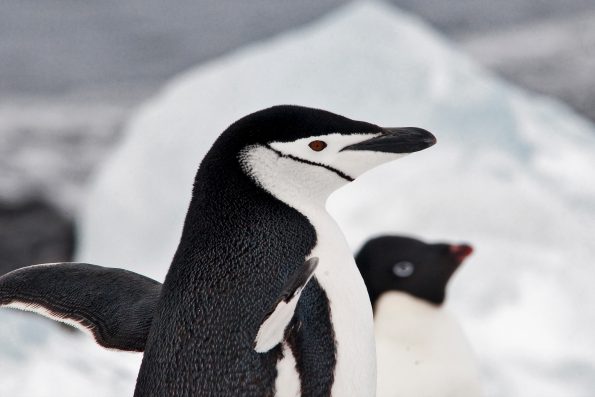As a perpetually sleepy person, I thought I was an expert at the art of nodding off. Whether it’s in the middle of a long movie or during a boring lecture back in college, I can always count on my eyes getting heavy, threatening to pull me into a slumber.
Sometimes, I might succumb to the sleepiness but then jerk awake immediately after. But it turns out that nesting chinstrap penguins are the true masters of what’s referred to as a microsleep.
Microsleeps are seconds-long slips out of consciousness that include eye closure and sleep-related brain activity.
The birds accumulate more than 11 hours of sleep each day using this strategy. They fall asleep more than 10,000 times a day. Their series of naps lasts only about four seconds.
The penguins’ sleeping patterns challenge the notion that fragmented sleep is detrimental to sleep quality, especially since the flock that scientists studied didn’t seem to show any ill effects from their interrupted sleep. In fact, the penguins were healthy, fit, and could successfully reproduce.
Researchers from France, Germany, and South Korea studied 14 wild chinstrap penguins in King George Island, Antarctica.
The penguins were incubating eggs in an area where predators like the brown skua bird lurked about.
During incubation, parents take turns guarding the nest and foraging for food. They switch off every 22 hours or so.
For their observations, the researchers implanted electrodes into the animals’ brains and neck muscles.

Sign up for Chip Chick’s newsletter and get stories like this delivered to your inbox.


